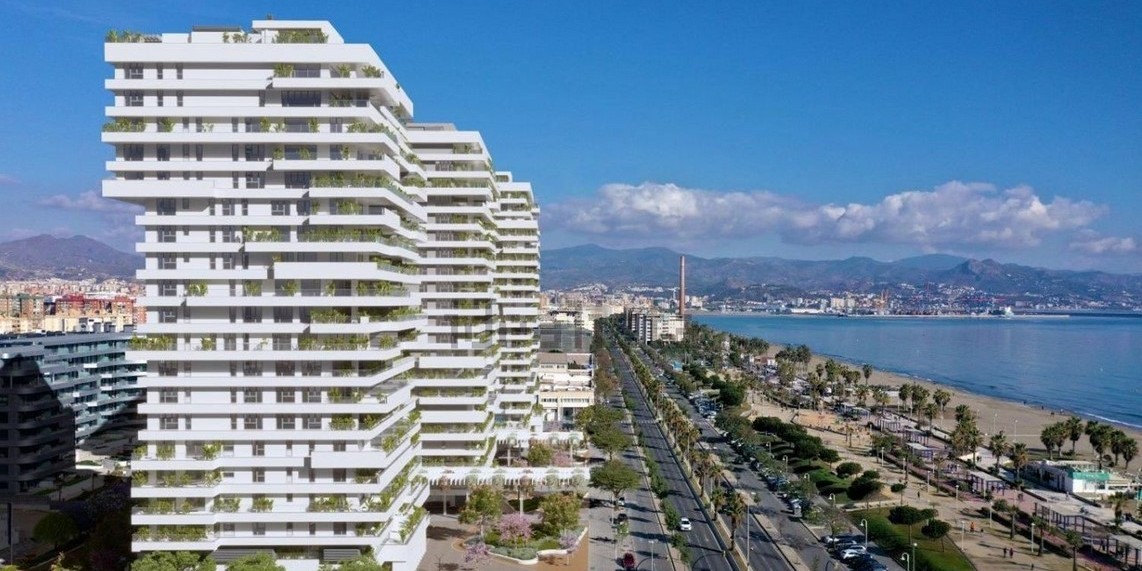
The developer Culmia has presented its report "Access to Housing: Objective Andalusia" during the 8th Real Estate Meeting Point in Gibralfaro, organised by FADECO. This report sheds light on families' effort ratio in the main Andalusian provincial capitals and examines the evolution of rental market prices and demand.
The report highlights an urgent need: Andalusia requires an additional 160,000 homes, split between affordable and public, along with 39,000 homes in need of subsidies to encourage the build-to-sell market. To meet this demand, it is estimated that a public investment of €7.731 billion is needed, distributed in €386.5 million per year for 20 years, representing 0.21% of Andalusia's GDP.
Provincial breakdown: Malaga in the lead
Malaga is the province with the greatest need for investment, demanding a third of the total number of homes required, which is equivalent to an annual investment of €124.2 million. It is followed by Cadiz (€74.6 million), Seville (€68.2 million), Almeria (€45.2 million), Granada (€26.9 million), Cordoba (€23.3 million), Jaen (€11.5 million) and Huelva (€12.7 million).
For affordable housing, the projected investment over 20 years amounts to €1.248 billion, aimed at developing 43,600 homes in the provincial capitals, with an annual demand of 2,180 homes and an investment of €62 million per year. In this area, Malaga requires 9,677 new homes for affordable rentals, with an investment of €202 million.
Profitability and public support
Malaga has a general subsidised housing module of €8.04 per usable square metre. To attract investment, the report proposes an aid plan for building and financing the housing segment in public-private partnerships, with a budget of €22,500 per property. This support is crucial to avoid a long-term return of 5%, below the market standard, and to reach an 8% return that is attractive to investors.
Effort ratio: a growing problem
The effort ratio, the percentage of family income spent on renting, reaches an alarming 66.8% in Malaga, exceeding the Andalusian average of 49.3% and the Spanish average of 34.5%. This situation is aggravated by the increase in prices and the lack of supply, underlining the need for urgent solutions such as affordable rentals or public housing, with prices around €500 per month.
Challenges and recommendations
Although the public budget for housing development should be 0.45% of GDP, in Andalusia, this percentage is around 0.2%, due to limitations in productive capacity and land availability. Francisco Pérez, CEO of Culmia, highlights the need for effective collaboration between the sector's actors to materialise affordable and public housing projects.
In a context where housing production in Spain has fallen by 86% since 2006 and only 10% of housing is subsidised, with the majority coming from private investment, the annual shortfall of 20,000 affordable homes is an unavoidable challenge. Households earning between €1,000 and €2,000 are the most vulnerable, with disproportionate stress rates requiring immediate intervention.
In summary, Culmia's report highlights a housing crisis in Andalusia that needs to be urgently addressed through efficient public policies, incentivised private investment and a collaborative approach to developing affordable and sustainable housing stock.